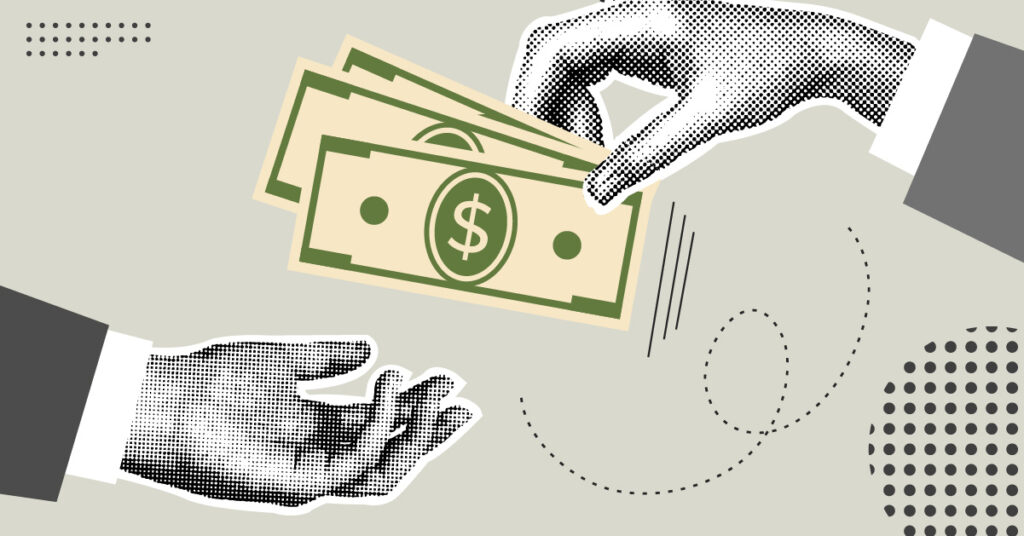Read this Policy Brief in PDF Form
(Updated 5/20/2014)
The federal gas tax is a critical source of funding for the nation’s transportation system, but its design is fundamentally flawed. In recent years, the consequences of those flaws have become increasingly obvious as the federal government has struggled to fund the nation’s transportation network with a gas tax that has failed to keep pace with the nation’s growing infrastructure needs. This ITEP Policy Brief explains how the federal gas tax works, its importance as a transportation revenue source, the problems confronting the gas tax, and the reforms that are needed to overcome these problems.
How the Gas Tax Works
The federal gas tax applies to both gasoline and diesel fuel, as well as to a number of less common fuels like liquefied natural gas and methanol. As with most state gas taxes, the federal gas tax is a fixed-rate tax that collects a specific number of cents on every gallon of gas sold. Since 1993, drivers have been paying 18.4 cents in tax per gallon of gasoline and 24.4 cents per gallon of diesel fuel (the diesel tax is higher because the large freight trucks that use most diesel fuel create more wear-and-tear on the roads). A little-known feature of federal law has resulted in most of the gas tax (all but 4.3 cents) being technically temporary, though the tax has been repeatedly extended in its entirety on a bipartisan basis.
The Cornerstone of Transportation Finance
The gas tax was originally created in 1932 to reduce the federal deficit, though since the advent of the Interstate Highway System in 1957 its purpose has shifted almost exclusively to funding transportation. The rationale behind using the gas tax for transportation is rooted in the “benefits principle,” which says that those using the transportation system the most should be responsible for most of its funding. Today roughly 90 percent of all federal tax revenues collected for transportation purposes come from the gas tax, with the remainder coming from truck and tire taxes. Approximately 85 percent of gas tax revenue is used for highway construction and maintenance, with the rest dedicated to mass transit under the sensible assumption that highway users benefit significantly from the congestion-reducing effects of transit.
The vast majority of federal gas tax revenue is distributed to state departments of transportation, based partially on the presence of “high-priority” projects in different states, and more recently with the goal of returning most gas tax revenue to the state in which it was collected.
Challenges Confronting the Gas Tax
While the federal gas tax is extremely important to the well-being of the nation’s transportation system, its poor design has left it incapable of handling two major, and growing, challenges. The first relates to vehicle fuel efficiency, which has been on the rise since 2004. While improving fuel efficiency is no doubt a positive development overall, it also creates an undeniable problem for the gas tax. Because efficiency has improved, drivers are now able to travel further distances on each tank of gas before they have to stop, refuel, and pay anything in gas taxes. Those extra miles being squeezed out of each tank of gas are essentially tax-free, relative to what drivers had been paying previously. ITEP estimates that since 1997, fuel efficiency gains have reduced the purchasing power of the federal gas tax by 6 percent. That impact will grow in the years ahead if vehicle fuel efficiency improves as expected.
The second challenge confronting the gas tax is the rising cost of building and maintaining the nation’s transportation infrastructure. While fuel efficiency improvements directly reduce the amount of revenue raised by gas taxes, the rising cost of construction puts additional strain on whatever revenue is being collected. Since 1997, transportation construction cost growth has reduced the purchasing power of the federal gas tax by 22 percent.
Consequences of Inaction
Considering both the fuel efficiency and construction cost impacts just described, ITEP estimates that the federal gas tax has lost 28 percent of its value since 1997. If lawmakers had acted to reform the tax so that its rate automatically rose to maintain its purchasing power in the face of these two developments, a total of $215 billion in additional revenue could have been collected to build and maintain the nation’s infrastructure—including $19 billion in 2013 alone. Instead, families today are spending a smaller share of their household budgets on gas taxes than they have in about three decades, and they are receiving a lower-quality transportation network in return.
The decline of the federal gas tax has played a significant role in the worsening condition of the nation’s infrastructure. According to the American Society of Civil Engineers (ASCE), a quarter of America’s bridges are structurally deficient or obsolete, one-third of the nation’s major roads are in poor or mediocre condition, almost half of all major urban highways are congested, and nearly half of all Americans lack access to bus or rail transit. As a result of these deficiencies, the ASCE estimates that Americans waste the monetary equivalent of $32 billion in travel time delays each year, and another $97 billion on vehicle operating costs. Given all these problems, it should come as little surprise that prominent business groups like the Chamber of Commerce—a group hardly enamored with taxes—often come down on the side of raising the gas tax in order to fund a more efficient transportation system.
But the consequences of the federal gas tax’s poor design now extend beyond the transportation budget. In recent years, the yield of the federal gas tax has become so inadequate that lawmakers have repeatedly supplemented the federal government’s transportation spending with money from the general fund. Since 2008, the nation’s transportation budget has been bailed out to the tune of more than $53 billion, most of which has simply been tacked on to the federal debt. In years past, this approach has been viewed as relatively painless compared to the alternatives—raising the gas tax or slashing federal infrastructure investments. But as deficit-spending has become less popular, debates over even the most mundane pieces of transportation legislation have become controversial, time-consuming, and generally unproductive.
Recommendations for Reform
In the long-run, a replacement to the gas tax will be needed if fuel efficiency dramatically improves and many drivers come to own vehicles that use little or not gasoline. But some observers have mistaken the current gas tax revenue shortfall as evidence that this has already happened. In reality, the most important reason for this shortfall is that the gas tax rate has not been allowed to keep pace with growth in construction costs. A few straightforward reforms could greatly improve the yield, sustainability, and fairness of this vital revenue source:
• Rising construction costs, and to a lesser extent improvements in fuel efficiency, have significantly reduced the purchasing power of the gas tax. The first and most obvious step that should be taken is to increase the gas tax rate in order to off set these declines.
• An increase in the gas tax, however necessary, will be of little help in the long-term unless steps are taken to ensure that the tax can withstand future increases in fuel efficiency and construction costs. Restructuring the gas tax rate so that it grows over time can help alleviate this problem. Restructuring can come in a variety of forms, including linking the rate to construction cost inflation, the general inflation rate, or gas prices. Supplementing that reform by allowing the rate to also grow alongside fuel efficiency improvements could further improve the sustainability of the gas tax.
• Like most taxes on consumption, the gas tax is inevitably regressive—impacting low-income families far more heavily than any other group. Indeed, the impact of the gas tax on families struggling to make ends meet is often cited in opposition to the tax. But lawmakers can provide meaningful relief to these families without starving the nation’s most important transportation revenue stream by enhancing the low-income tax relief provisions already contained in the federal tax code, such as the Earned Income Tax Credit (EITC).
Additional ITEP resources on this topic include:
• A Federal Gas Tax for the Future (September 2013)
• Don’t Blame the Gas Tax for High Gas Prices (May 2013)





